
4. biennale of architecture in Rotterdam
Open City: Designing Coexistence
 |
This year's themes, such as the growing gap between the rich and the poor, conflicts between different ethnic groups, and the increased number of so-called "gated communities," represent just some symptoms of the urgency to approach an open city and the necessity to adopt specific effective strategies.
The fourth edition builds on earlier biennales focused on research in urban design. Unlike Venice, the Rotterdam biennale has never been about architectural stars. Nevertheless, they do not intend to rename the event to an urban biennale, as the debates still revolve around spatially defining disciplines and architecture. According to the organizers, one cannot be a good urbanist without sufficient sensitivity in choosing materials or for human scale.
Current urban issues and design proposals are presented in six thematic areas: Community, Collective, Refuge, Squat, Diaspora, and Make-Able Society.
The main figure is Kees Christiaanse, who presents the research he leads at ETH Zurich. The biennale again focuses on pressing social issues that do not necessarily have to be primarily associated with architecture. Each panel requires your full attention; it was necessary to delve into and understand the issues. Students from various architecture schools analyzed political and sociological phenomena. The enormous amount of information that several European teams have gathered over the past two years cannot be absorbed in one visit, so we purchased the four-hundred-page catalog and will revisit the projects individually.
The rest of the afternoon was spent walking around the city, and finally, we enjoyed ourselves at Wine or Water. It does not shine with newness or wealth, does not exploit its history, and does not pander cheaply. Nothing binds it; it does not need to be preserved but can develop according to its true needs.
Those expecting a grand exhibition filled with world-renowned names will have to wait another year for the 12th architectural biennale in Venice. The Rotterdam biennale has always been about urgent topics, interdisciplinary analyses, and a sincere effort to change things. People do not come here for entertainment, but to genuinely reflect and learn something.
To make the architectural experience of visiting the biennale perfect, I warmly recommend staying in the city center at Blom's Kubuswoning, whose slanted walls, unconventional layout, and peculiar window shapes, however, do not lend themselves to long-term living.
The English translation is powered by AI tool. Switch to Czech to view the original text source.
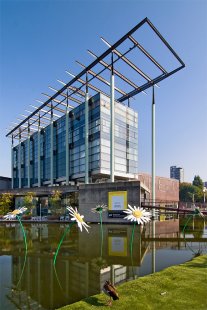
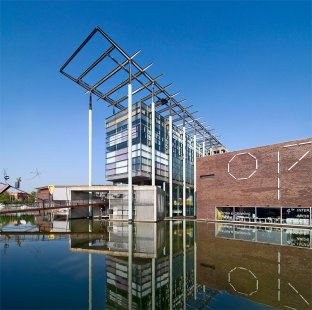
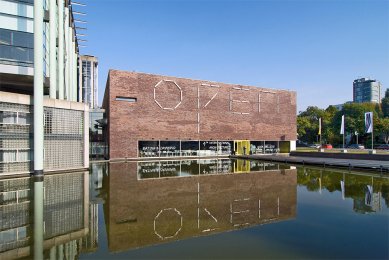
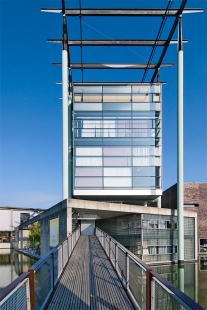
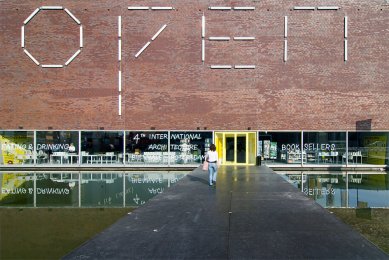
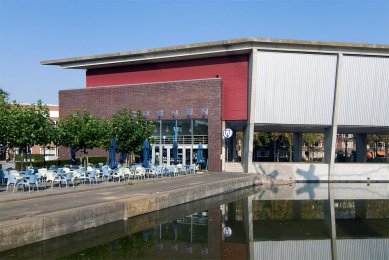
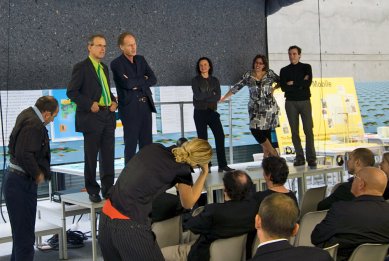
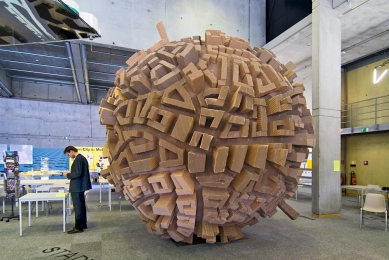
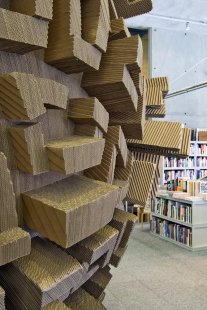
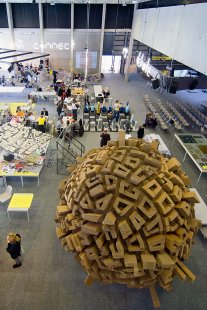
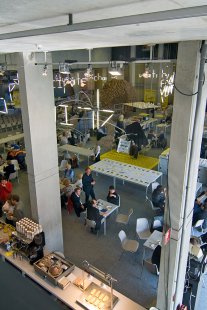
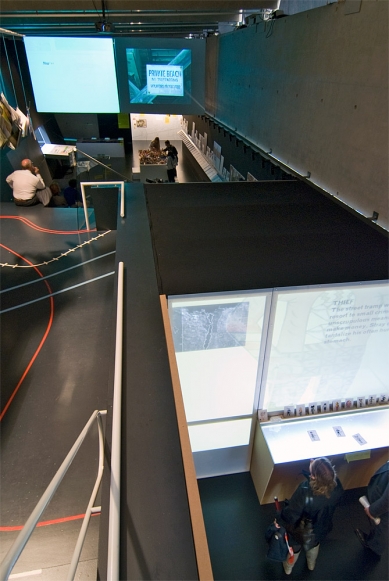
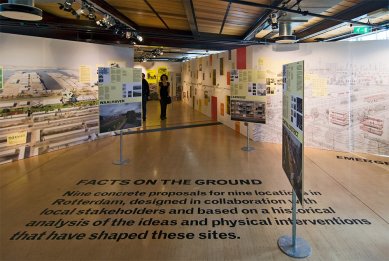
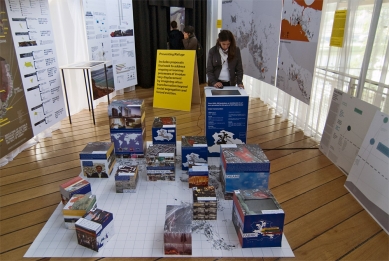
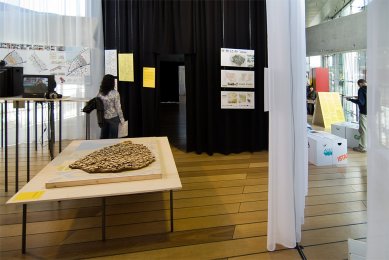
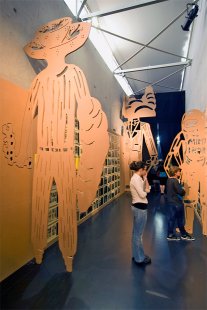
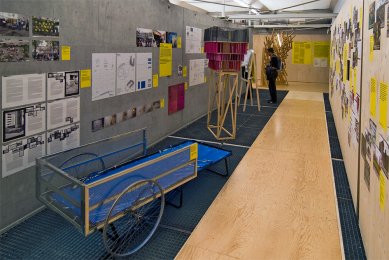
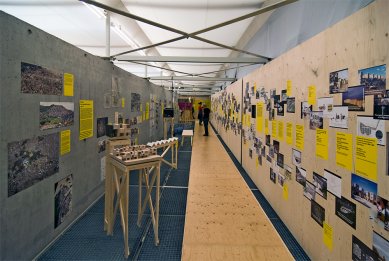
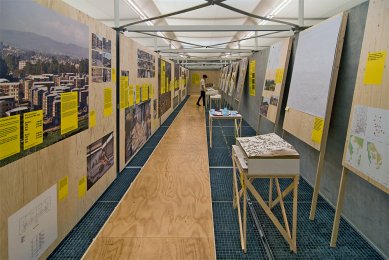
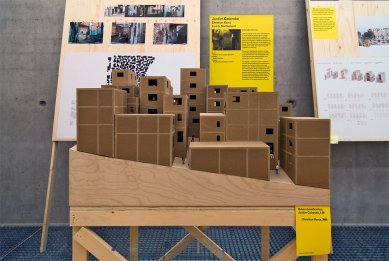
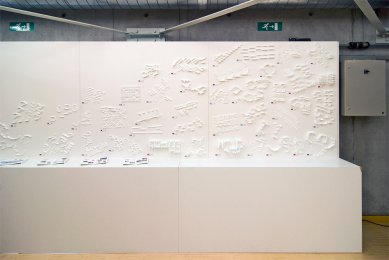
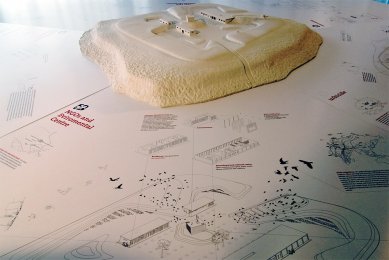
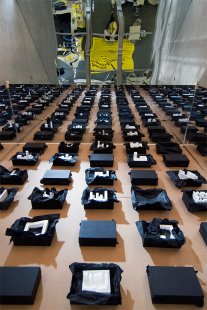
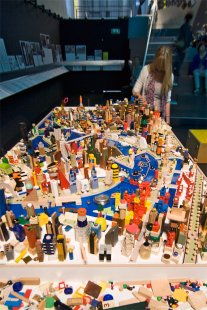
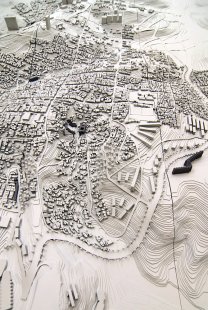
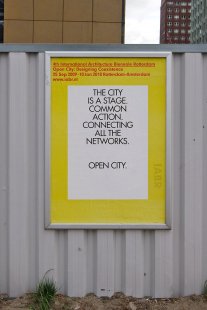
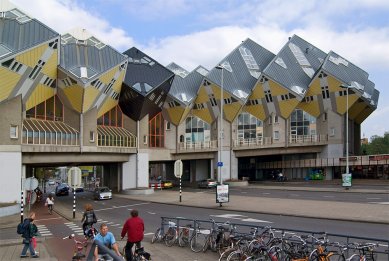
0 comments
add comment










